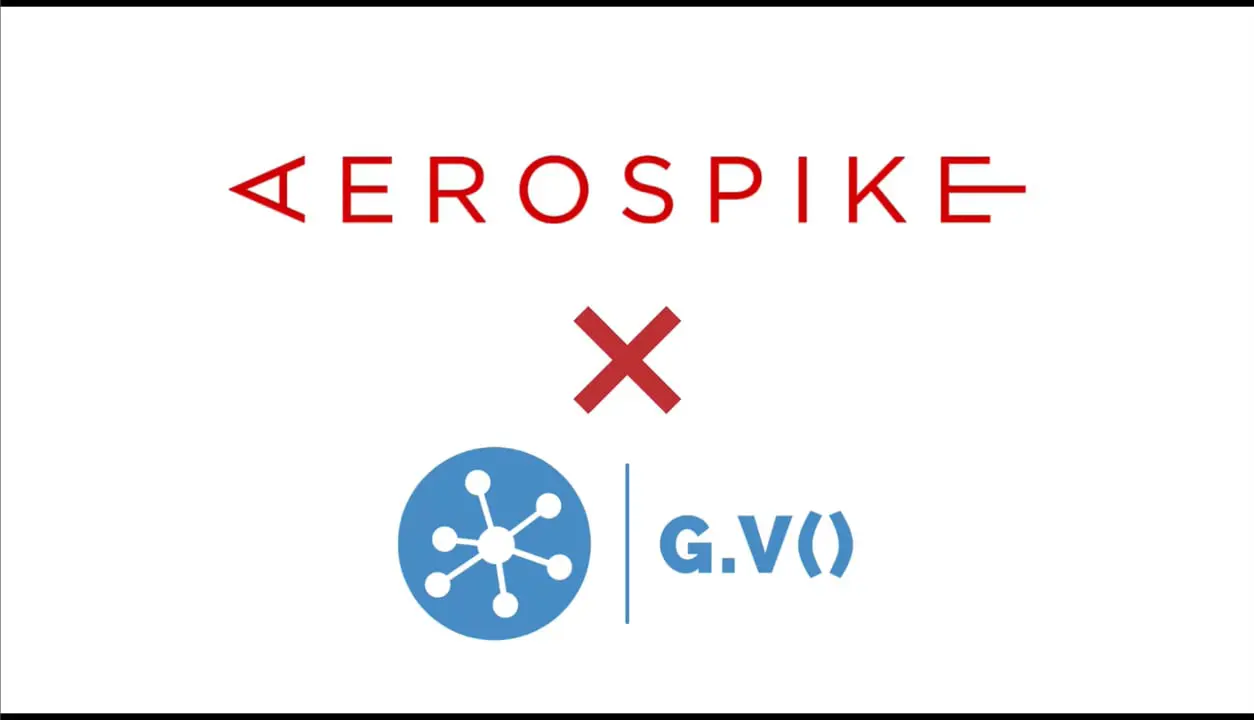Aerospike and gdotv partnership delivers rich graph data visualization
G.V() is a dedicated Gremlin IDE that works with Aerospike Graph to visualize connected datasets. Across use cases, these visual components help even non-technical stakeholders grasp otherwise difficult concepts. In addition, with its advanced IDE capabilities G.V() serves as a powerful tool for quick prototyping and iterative adjustments of data models and queries. We examine how G.V() helps enhance the Aerospike Graph developer experience.
Unlocking the full potential of graph data hinges on the ability to visualize and explore the interconnectedness within your dataset, almost like how our brain navigates the real world – through connections. As you tackle business problems with graph data, having a visual representation significantly enhances your interaction with the data. It simplifies the process of writing efficient queries, modeling your data effectively, and, ultimately, extracting maximum value from your data.
Evolution of the Aerospike Graph database
The launch of Aerospike Graph in June 2023 marked a notable advancement in the graph database landscape, offering predictable low latencies and extreme throughput for enterprise-scale graph datasets. Since the launch, as we’ve been collaborating with various customers to bring their solutions to market, a common desire has emerged: To add a visual element to Aerospike Graph. This visual aspect would enable developers to gain insights into their graph data and collaborate seamlessly with their cross-functional peers – be it data engineering teams or business analysts – enhancing overall project collaboration.
To add this visual dimension to Aerospike Graph, we’ve partnered with G.V(), creating a seamless solution to assist you from the get-go, from brainstorming your data model, designing your queries, and prototyping your application to eventually moving into production with Aerospike Graph.
G.V() is an all-in-one Gremlin Integrated Development Environment (IDE) that can query, visualize, and analyze data within any Apache TinkerPop-enabled graph system. G.V()’s visualization capabilities bring complex datasets to life, and its intuitive UI helps simplify and enrich the overall developer experience.
Querying, debugging, and real-time graph exploration using G.V()
G.V() goes beyond just visualizing your graph data.
Interactive UI – G.V() enables interactive navigation by automatically computing straight from the data with graph data schema discovery.
Automatic coding suggestions – G.V() has rich UI tools like a smart editor that can generate automatic coding suggestions using its autocompletion engine
Query debugging – For debugging, stepping through Gremlin queries, and analyzing graph traversals,
Graph explorer �– For loading, visualizing, and testing data models.
G.V() also comes with an AI-powered graph visualization module that generates queries for graph visualizations lifted right from the graph data schema.
This Gremlin IDE also generates query results in numerous formats, such as the Console/JSON Results View, used for inspecting the raw query output (also available in JSON), and the Graph Results View, which offers a customizable layout graph with intuitive editing features. Additionally, G.V() provides Vertex and Edge views with detailed, sortable, and filterable displays of a query’s vertex and edge results.
How to integrate Aerospike Graph and G.V() for graph data visualization
To integrate G.V() and Aerospike Graph database, follow the following steps:
Ensure the Aerospike Graph database is running by following the getting started page.
Connect to Aerospike Graph by following the steps here
You can also watch this short three-minute walkthrough on integrating G.V() to an Aerospike Graph database.





